Technical Development
Design
1. Establishment of the U.S. Design Facility Calty
In 1973, Toyota established Calty Design Research, Inc. (Calty) in El Segundo, California, as the first U.S. design facility owned by a Japanese automaker, to better understand the needs and tastes of American consumers.
In 1978, Calty was moved to a new building in Newport Beach, where it continued its design development activities, creating many popular designs, including the second-generation Celica, the first-generation Estima (called the Previa in the U.S.), and the third-generation Soarer (called the Lexus SC 400 in the U.S.). Calty's design building and other facilities were remodeled in 1991 to enhance both the company's advanced design-development work and its interior and color design R&D work
-
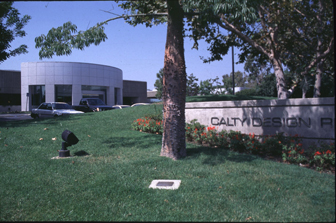
Calty-New Port Beach
Then in 2004, with the goal of developing truly locally designed and produced vehicles in North America, Toyota established a Calty studio next to the Toyota Technical Center in Ann Arbor, Michigan
-
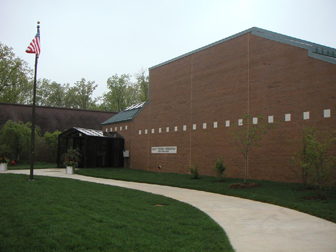
Calty-Ann Arbor
2. First-generation Estima
In 1990, Toyota launched the Estima minivan. The Estima was designed specifically as a passenger vehicle and its basic interior packaging was suggested by a Calty designer at Calty Design Research, Inc. in the U.S. To bring the designer's dream to life, Japanese engineers created an unusual layout by tilting the engine and placing it between the front and rear wheels. The exterior design was also developed at Calty, emerging as a clear and simple design dubbed 'Egg on a box’. The cabin design, created by Toyota Auto Body Co., Ltd., was futuristic and perfectly suited to a passenger vehicle. The Estima won the Transportation Machinery Division Award of the Good Design Award and accelerated the derivation of cab-wagons into passenger vehicles.
-

Sketches of the first-generation Estima created at Calty
-

Proposed mode
-
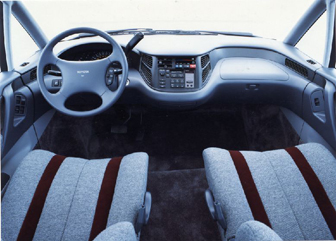
Interior mock-up of the first-generation Estima
3. Enhancement to the Design Development Structure in the Tokyo Area
The Design Department of the Tokyo Engineering Division established in the Kudan Building in Tokyo in 1982 handled design work in the Tokyo area with engineers from the TMC Head Office traveling back and forth. However, to create designs that addressed the unique tastes of the Tokyo area and to establish a design network, Toyota re-established the department as the Tokyo Design Center in the Century Mita Bldg. in Tokyo in 1990. The new center had an approximately 30-member permanent staff and was tasked with such work as research planning, and interior, exterior and color design. It had facilities for making scale clay models and had resident clay modelers.
-
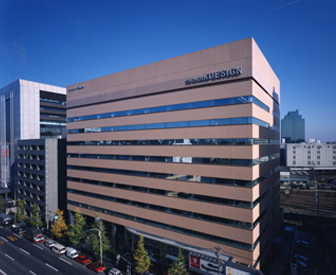
Tokyo Design Center
In 1996, Toyota built a modeling facility in Hachioji, Tokyo, in which full-size clay models could be created, and began operating it as Tokyo Design Research & Laboratory. In 1999, a design building-complete with living quarters for designers and a presentation facility that allowed evaluation of life-size designs on display monitors-was added. This meant the full chain of design development activities-from stylized sketches to the creation and evaluation of full-size clay models-became possible. With this addition, the functions of the Tokyo Design Center were integrated into the Tokyo Design Research & Laboratory, strengthening and enhancing the design development organization in the Tokyo area. Since its opening, Tokyo Design Research & Laboratory primarily conducted design research focused on advanced design for motor show concept vehicles. However, on January 1, 2010, Toyota redefined the roles of its various design facilities and carried out a reorganization designed to strengthen their functions. As part of this reorganization, the Tokyo Design Division in Hachioji was renamed the Advanced Design Division and its roles were clarified to strengthen advanced design development in coordination with the technical divisions at the TMC Head Office.
-
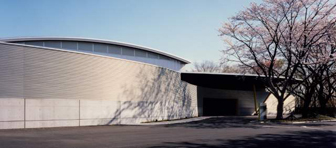
Tokyo Design Research & Laboratory in Hachioji City, Tokyo
-
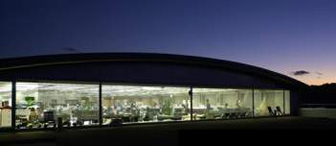
Tokyo Design Research & Laboratory design studio)
-
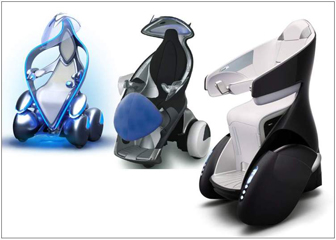
Advanced development examples - New generation vehicles
4. Establishment of a European Design Base
Since 1982, Toyota always had one or two designers stationed at its European office to collect a wide range of design-related information in Europe. Then in 1989, Toyota established the Toyota Europe Office of Creation (known as 'EPOC’) design facility in the suburbs of Brussels, Belgium to conduct surveys and research on consumer tastes, customs, values, and trends in the European market and to carry out advanced design development locally.
-
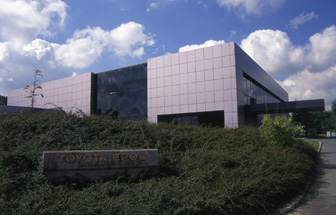
Toyota EPOC, TMME
Then in November 1998, with the goal of strengthening its advanced design development capabilities in Europe, Toyota established the independent Toyota Europe Design Development, known as ED2 (“ee-dee squared”), in Nice in the south of France. The purpose of ED2 was to further strengthen Toyota's design development functions in Europe in line with its production and sales plan there. Further strengthening such functions required creating an ideal environment that would attract designers, and this was one the reasons for establishing ED2. When ED2 opened, EPOC's functions were moved there and integrated into it.
-
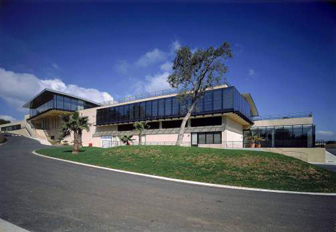
European design base ED2 (exterior appearance)
-
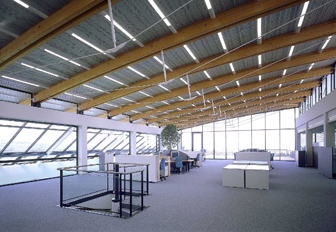
ED2 (design office)
5. Design Philosophy Creation
To create different brand messages for Toyota and Lexus based on uniquely Japanese values and aesthetics, Toyota developed a design philosophy for each and began pursuing appropriate design expressions. Toyota then researched globally recognized, modern-day Japanese values, as expressed in high-technology products, youth culture, and the love of nature, as the 'j-factor'. Very different from advocating a superficial 'Japaneseness', this represented a completely new value created from a global perspective. To make a great leap into the future while establishing this new value as its corporate basis, Toyota defined 'Vibrant Clarity' as its design philosophy for the Toyota brand and 'L-finesse' as its design philosophy for the Lexus brand.
1) Vibrant Clarity
The Toyota brand design philosophy of 'Vibrant Clarity' means simultaneously delivering exhilarating 'vibrancy' and universal 'refreshing clarity' by uniting two seemingly contradictory elements-'emotion' and 'rationality'.
2) L-finesse
The Lexus brand design philosophy of 'L-finesse' stands for 'Leading edge with finesse'.
-
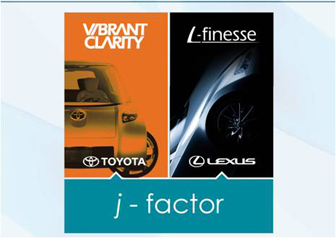
Toyota and Lexus's design philosophies
6. Completion of the Design Headquarters at TMC Head Office
In March 2003, Toyota completed its Design Headquarters, a four-story building dedicated to design activities and equipped with such features as an all-weather, indoor-outdoor facility, a 3D viewing room, a filming studio with a video production room, and a design office, at the Toyota Technical Center site at the TMC Head Office.
As digital technologies were increasingly used in design work, the Design Headquarters allowed Toyota to begin improving work efficiency by consolidating all digital-related operations. And to cope with the increasing number of designs to be examined and evaluated, Toyota built the all-weather examination/evaluation facility, equipped with an openable roof, to improve operational efficiency.
On December 1, 2003, Toyota held a press event to introduce the new facility to the world.
-
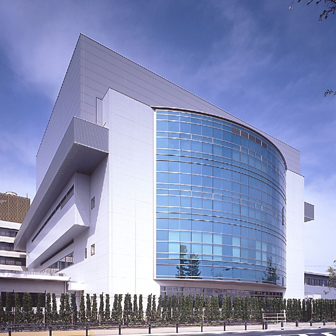
Design Headquarters
-
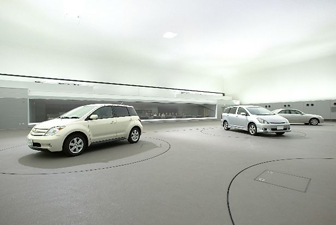
All-weather testing facility (with the room closed)
-
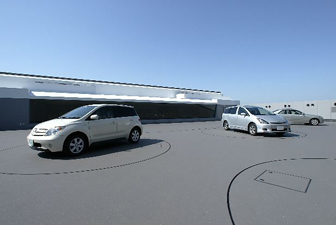
All-weather testing facility (with the room open)
7. Second-Generation Prius Wins the Good Design Grand Award
The second-generation Prius launched in 2003 won the Good Design Grand Prize, the highest honor of the Good Design Award, by the Japan Institute of Design Promotion (JDP; then called the Japan Industrial Design Promotion Organization). This was the first time Toyota won this award and the first time it was awarded to a car since the Volvo 850 won it in 1994. The judges commented, "The new Prius shows a complete change from the first-generation Prius launched in 1997 as the world's first mass-produced hybrid vehicle. The new Prius offers enhanced driving appeal while its further-evolved, high-performance, new-generation hybrid system achieves the highest fuel efficiency and lowest emissions in the world. The prototypical look present in the previous model has been completely eliminated and both the exterior and interior of the new Prius amply exude the ambience of a hybrid car."
The new Prius was well received in markets both inside and outside Japan and achieved sales figures commensurate with the Grand Award.
The original idea for its exterior design came from a competing idea submitted by Tecno Art Research, Co., Ltd.
-
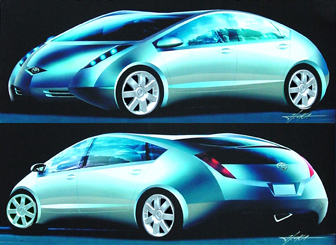
Second-generation Prius exterior rendering
-
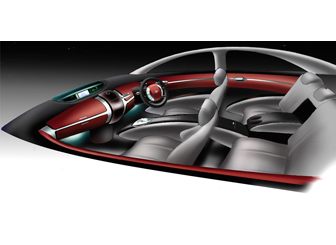
Interior rendering
8. Lexus in the Milan Design Week
Systematic design promotion based on a clear strategy is required to ensure that a design philosophy is recognized outside the company and to increase the brand value. As part of its design strategy, from 2005 to 2009, the Lexus Division held an art exhibit in collaboration with painters, architects, and product designers at the Milan Design Week (commonly known as the Milano Salone), the world's largest design exhibit, held in Milan, Italy. This creative approach involving the Milan Design Week, where furniture manufacturers and fashion brands hold a variety of events to promote their uniqueness, attracted many visitors and resulted in a major media reaction. Also, the fact that the significance of the exhibit was increasingly appreciated within Toyota with each repetition came to have major bearing on future activities.
-
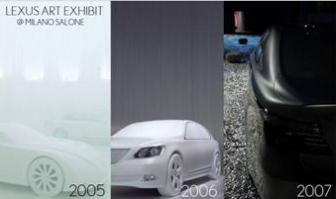
2005/2006/2007 Milano Salone
-
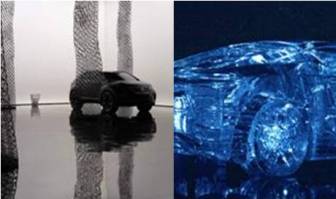
2008/2009 Milano Salone


